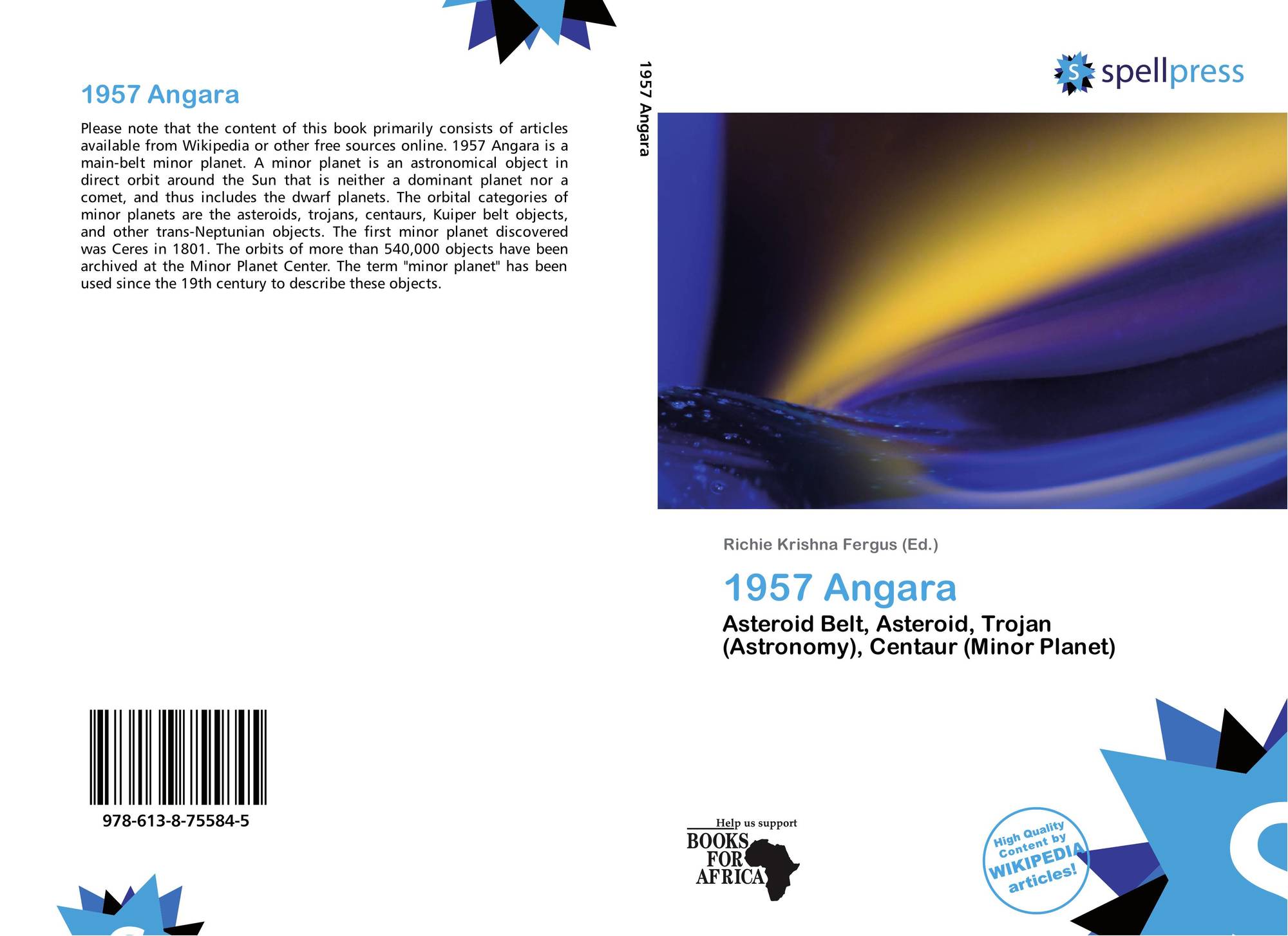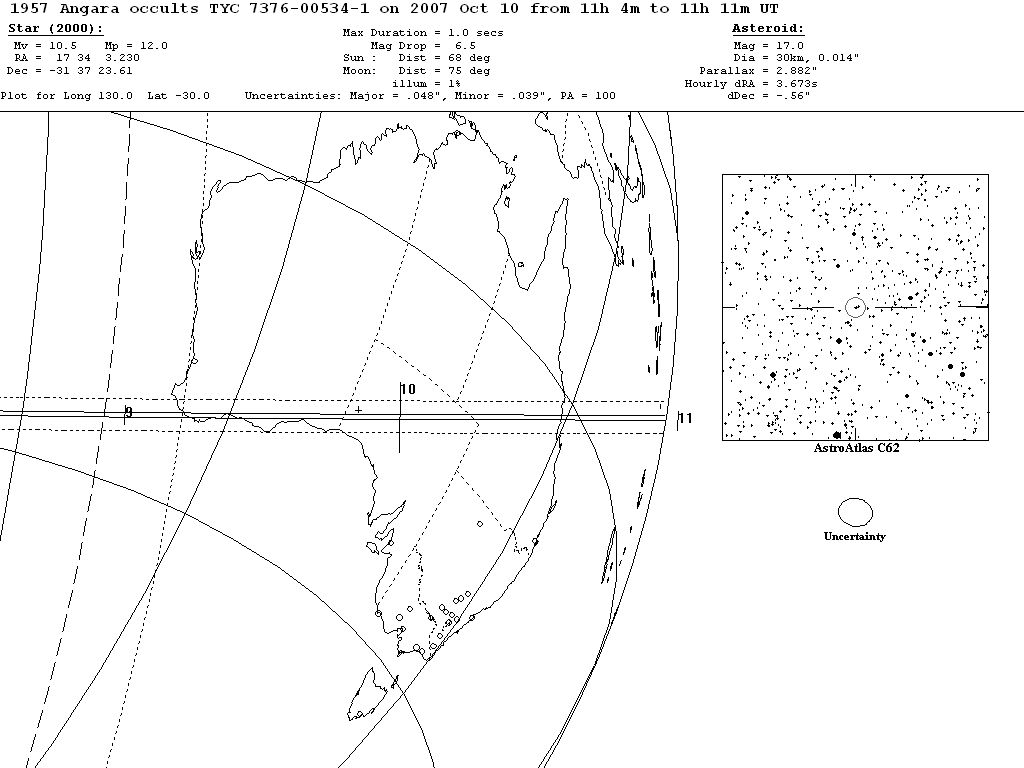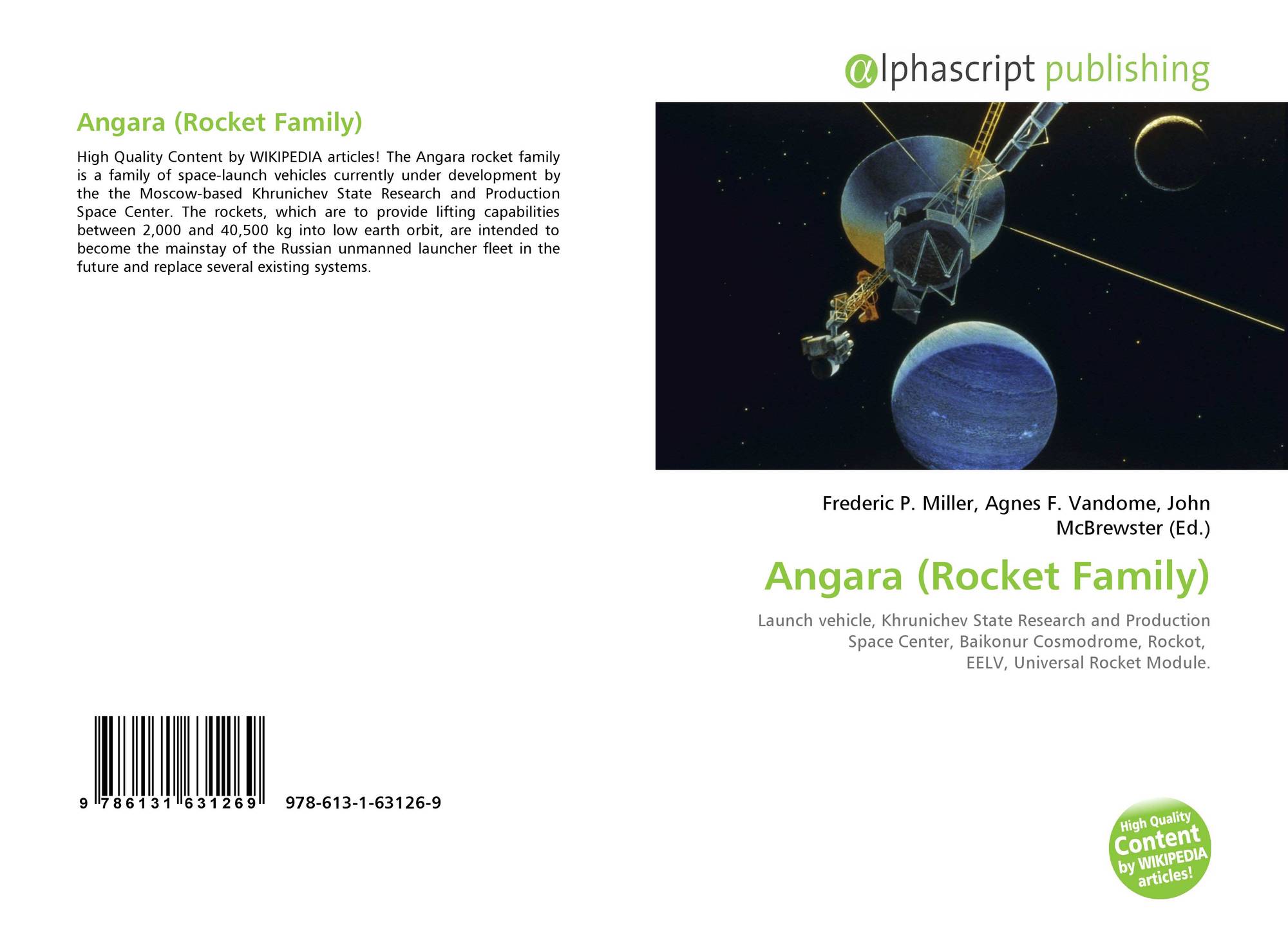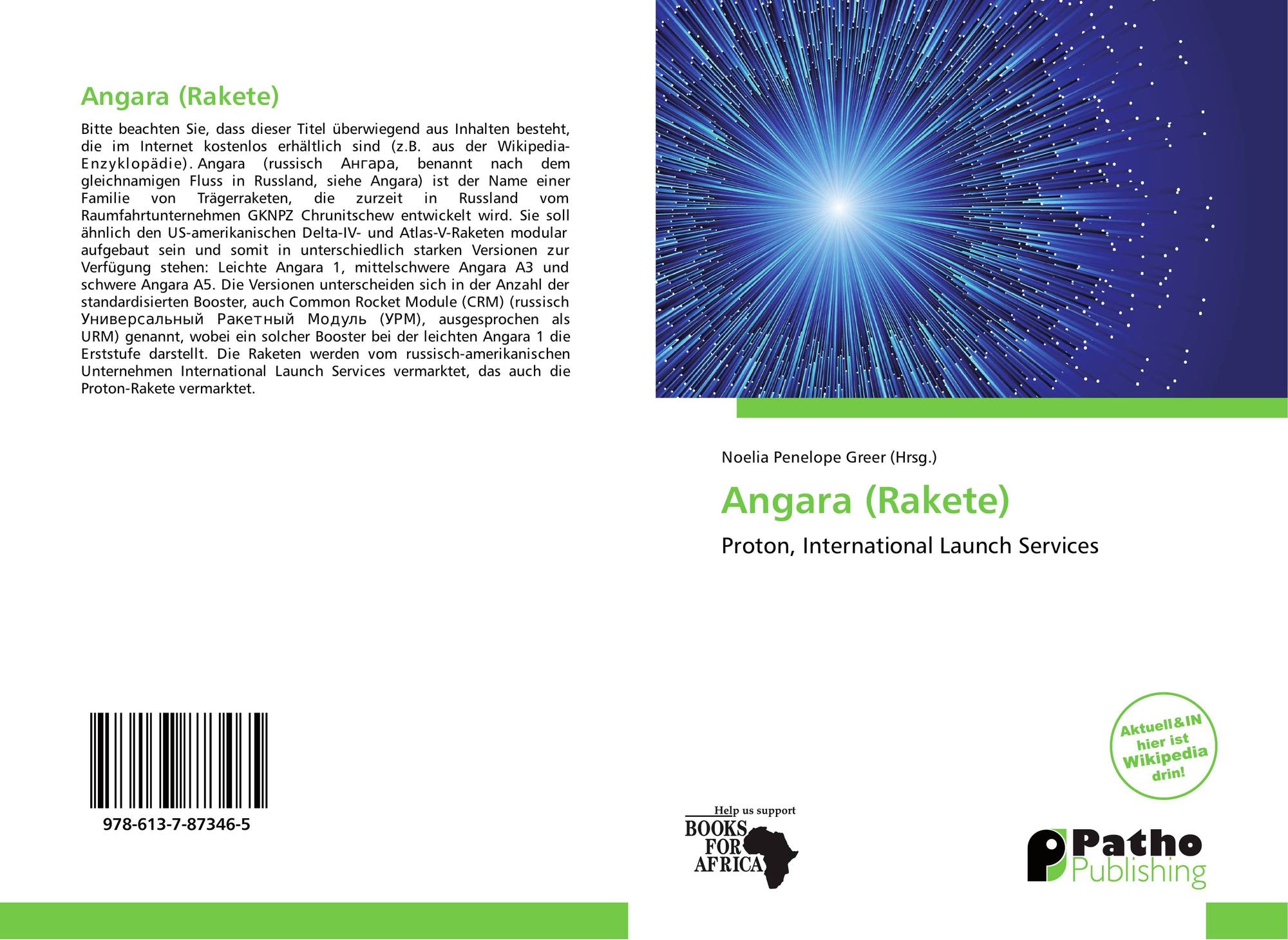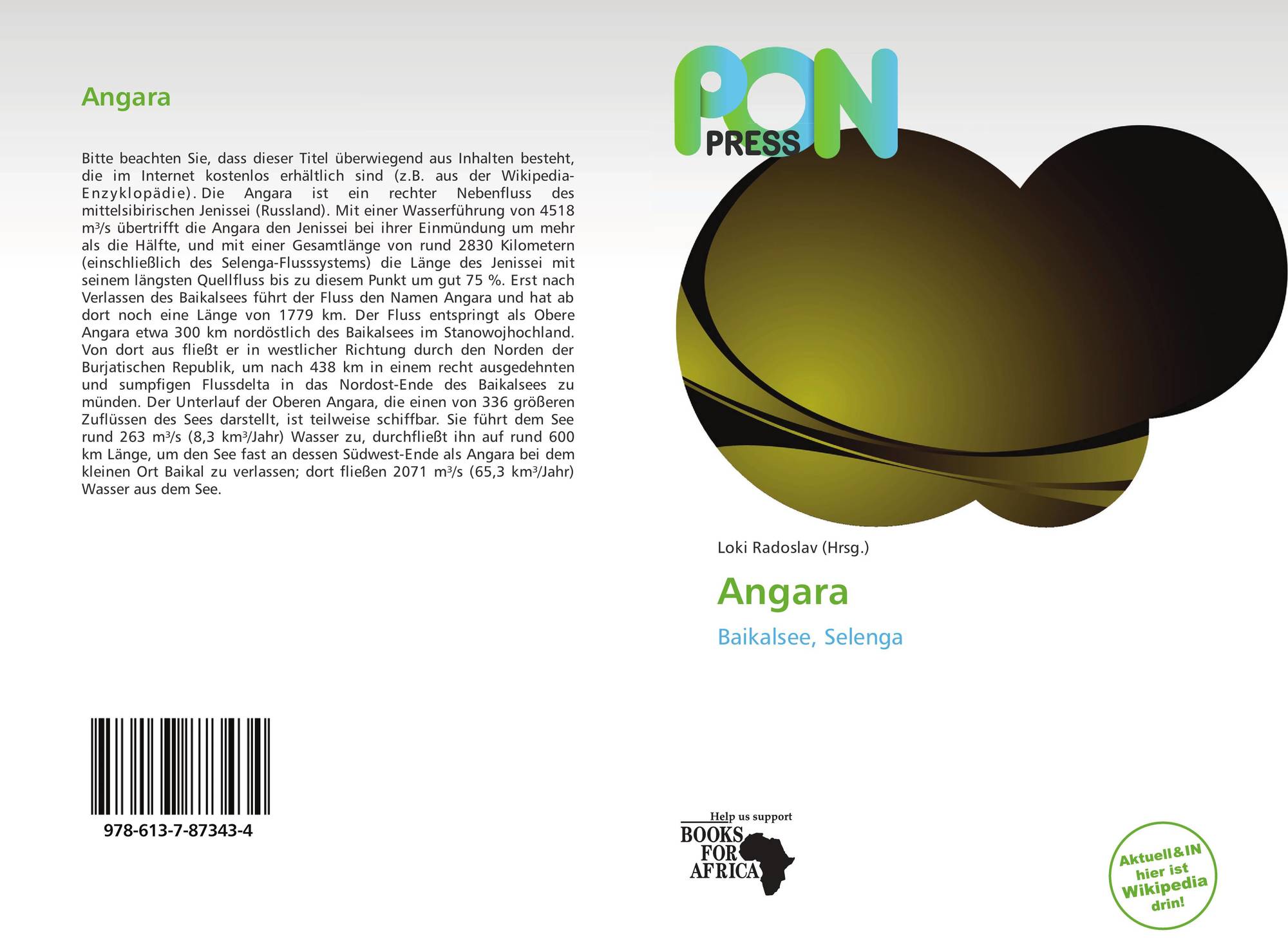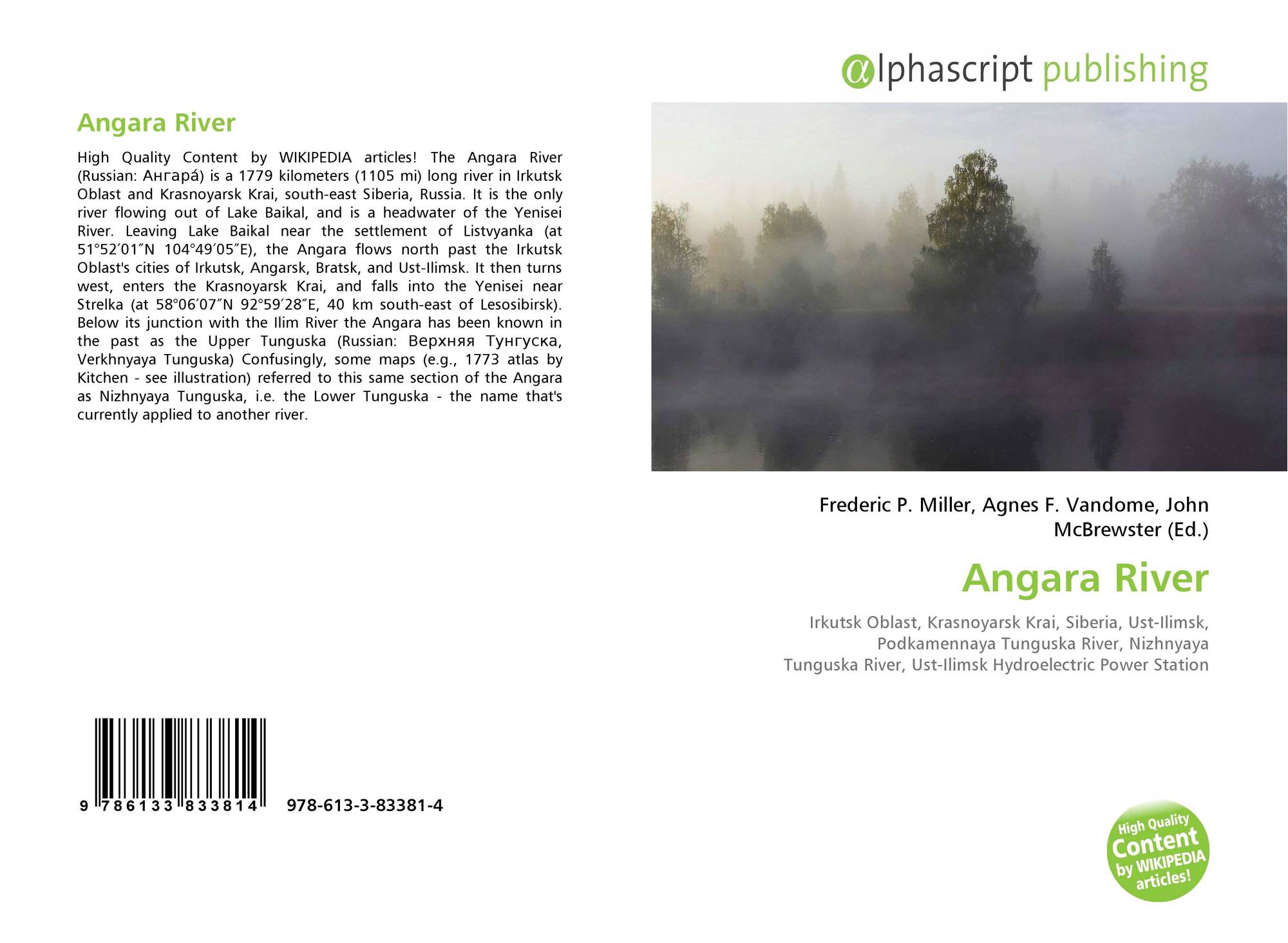(1957) Angara
Template: Infobox Asteroid / Maintenance / Error 1
(1957 ) Angara is an asteroid of the outer main belt, discovered by Soviet astronomer Lyudmila Chernykh on April 1, 1970 at the Crimean Observatory in Nautschnyj (IAU code 095). Unconfirmed sightings of the asteroid had it (1969 AA ) were added in 1962 (1962 WG1 ) at the Goethe Link Observatory, Indiana, and on January 14, 1969 at the Crimean Observatory in Nautschnyj.
The Italian astronomer Vincenzo Zappalà defined in a 1995 publication ( et al. ) Affiliation of the asteroid to the Eos family, a group of asteroids, which typically have semi-major axes from 2.95 to 3.1 AE, bounded on the inside of the Kirkwood gap in the 7:3 resonance with Jupiter, and orbital inclinations between 8 ° and 12 °. The group is named after the asteroid (221 ) Eos. It is believed that the family was created over one billion years ago by a collision. The timeless ( nichtoskulierenden ) orbital elements of ( 1957) Angara are almost identical with those of three smaller, if we start from the absolute brightness of 14.9, 15.8 and 15.7 compared to 11.36, Asteroids: ( 128951 ) 2004 TY132, ( 286 213 ) 2001 Ug99 and ( 353 778 ) 2012 HA77.
(1957 ) was named after the Angara Angara on 30 June 1977, a right tributary of the Central Siberian Yenisei. After the Yenisei, the asteroid main belt of the middle ( 15804 ) Yenisei was named in 2006.

